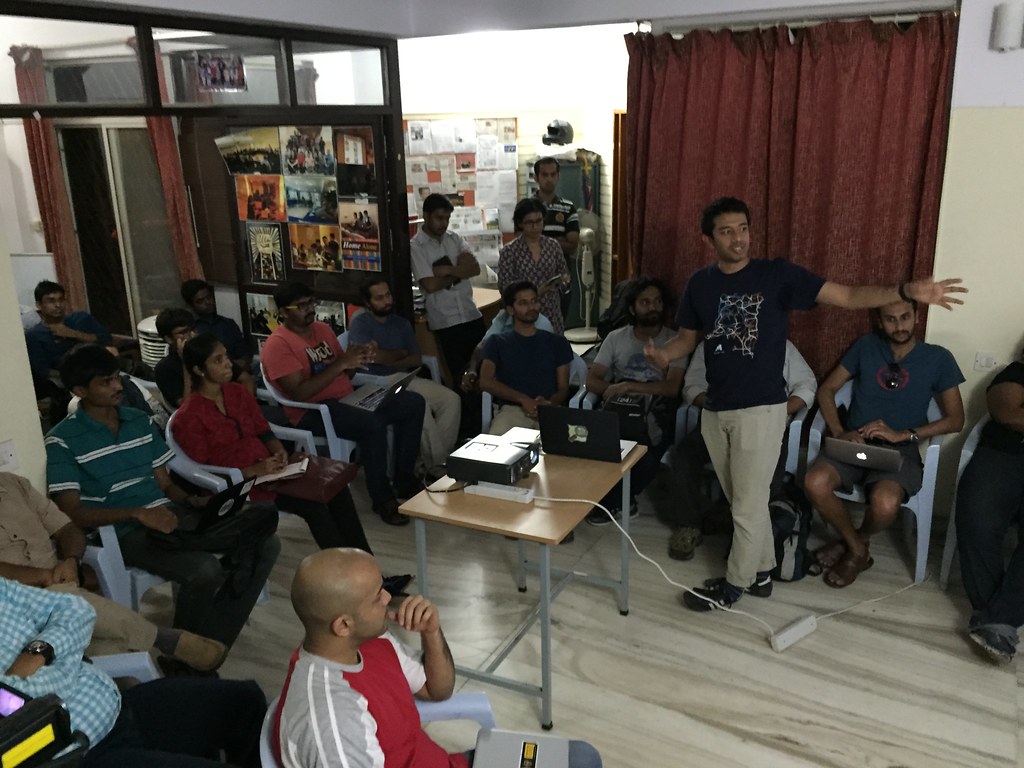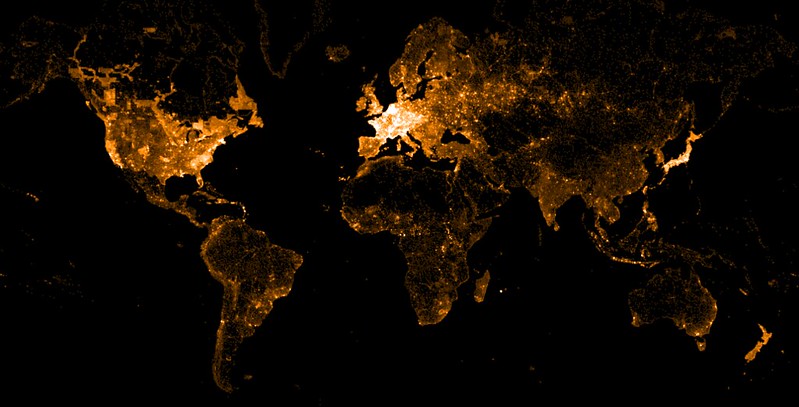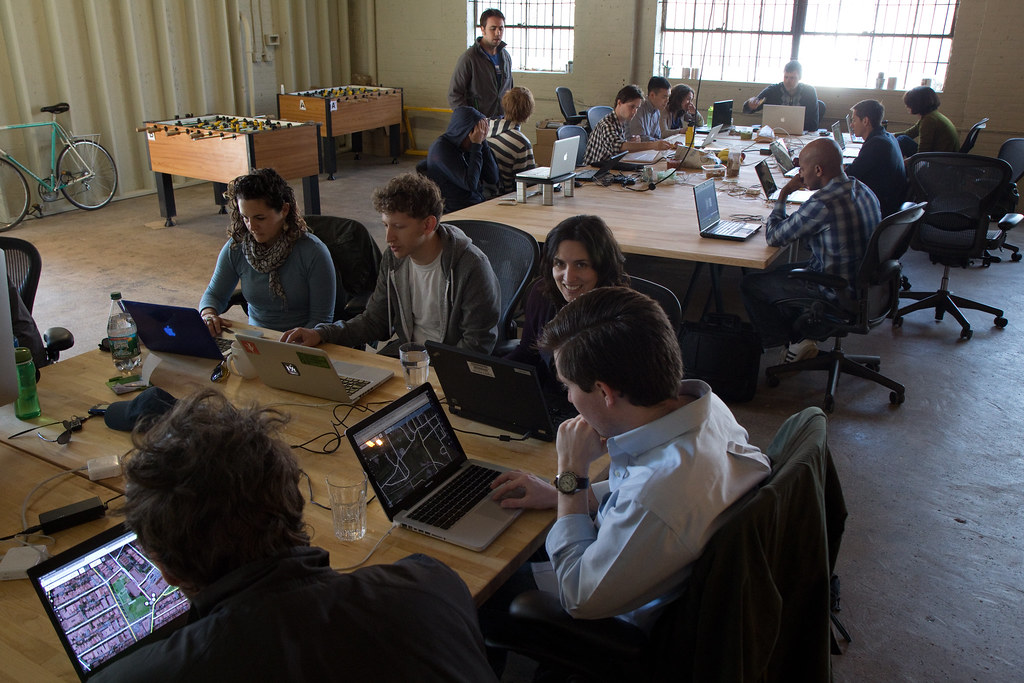Growing our community through networks
Posted by lxbarth on 11 October 2015 in English. Last updated on 17 October 2015.Elections to the OpenStreetMap US board of directors are on and I’m running again. With your vote we’ll grow OpenStreetMap in the US. Read more on how we can accomplish this below and join OpenStreetMap US until October 18th to cast your vote.
I am proud of the work we’ve done with OpenStreetMap US and now is the time to grow our community further by tapping into the huge networks that have started to adopt OpenStreetMap like education, civic hacking and government. Growing our community will bring in more diversity and new energy to make an even better map.
I’ve served on the OpenStreetMap US board of directors for three years and I can’t wait to jump into another one. In the next year I want to work with everyone on the board and the community to strap on the rocket boosters and reach more people by connecting us with networks who’ve already started using OpenStreetMap.
At my work at Mapbox we use and contribute to OpenStreetMap extensively. I am helping build a team that so far has made a quarter million edits to the map, we work in the open and we are key contributors to open source tools for mapping like the web editor iD and the QA tool To-Fix. The beauty and power of OpenStreetMap is it’s providing this one space for everyone to collaborate resulting in a map of amazing quality and coverage available entirely openly. That’s what drives my passion for this community, OpenStreetMap US, my work and for my personal contributions to the map.














